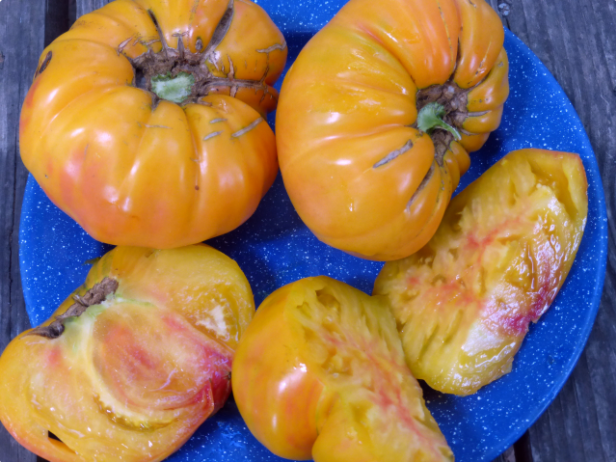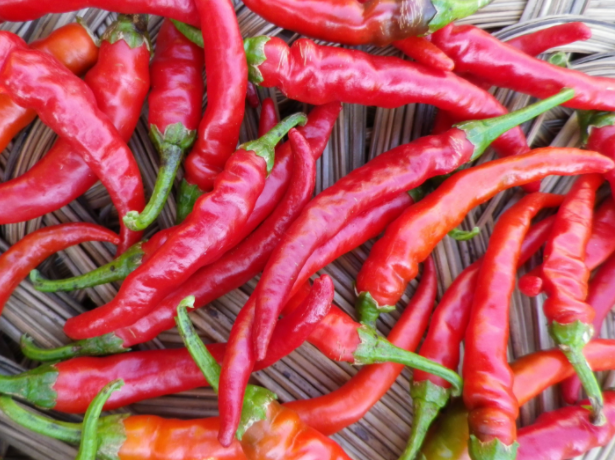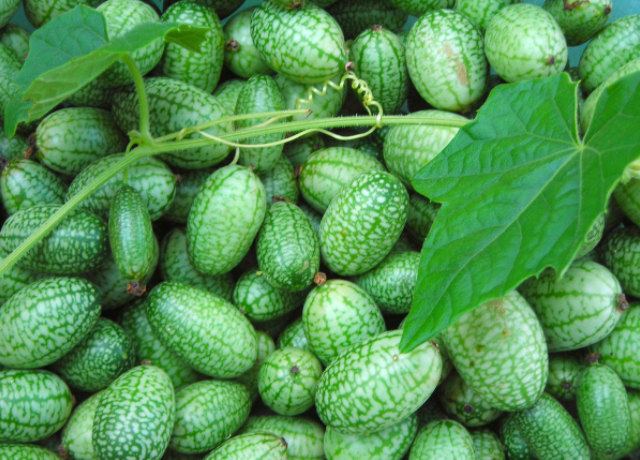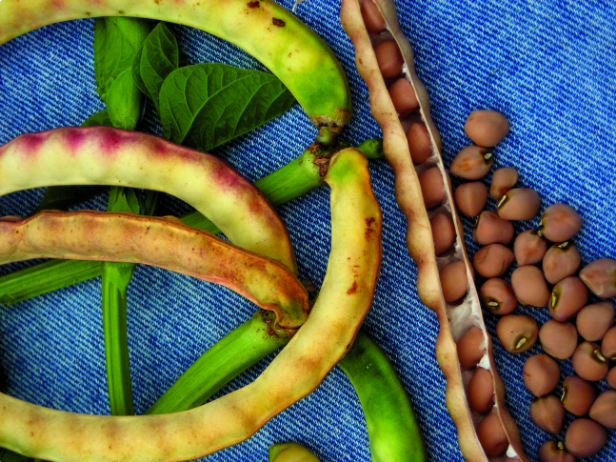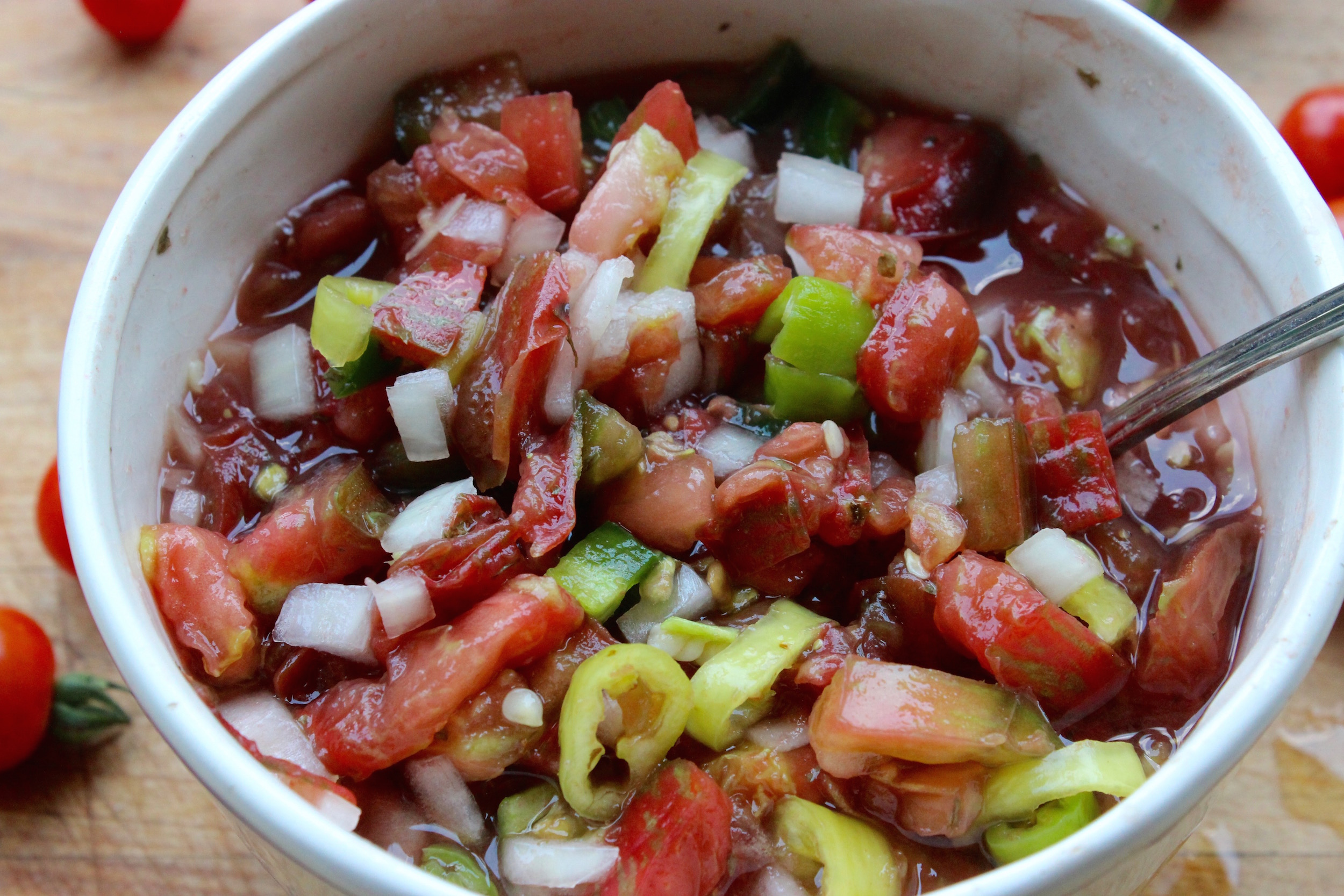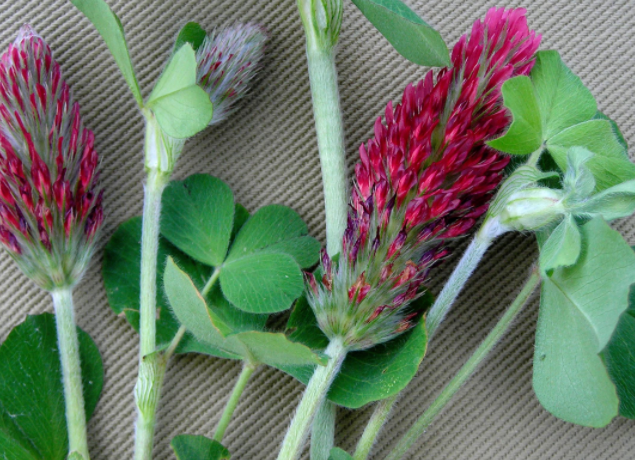
Fall is actually one of the best times for backyard gardeners to work on improving their soil health. Without a lot of effort gardeners can improve the soils through the fall, winter, and early spring for a better gardening season next year through the use of cover crops. Cover crops are not just for large farms and have a variety of benefits.
Benefits
Reduce Erosion
First off, using a winter cover crop is extremely important in resducing erosion. When there’s nothing growing in the soil in fall, winter, and early spring any rain or melt water can erode valuable soil and nutrients and pollute the local water system. Too many nutrients in the lakes, streams, and river can cause algae blooms that can be dangerous to both people and aquatic life.
Add Organic Matter
As cover crops die or are tilled into the soil they add organic matter which is key to soil health! It gives the soil structure, retains moisture, provides habitat and food for beneficial insects and microbes, and adds nutrients to the soil as it slowly breaks down. If not tilled in the pant material also functions as a mulch to continue to suppress weeds, preserve moisture, and reduce ersosion.
Conserve Moisture
In the same way that open soil is vunerable to ersion it’s also vunerable to evaporation. Cover crops prevent sun and wind from drying out the soil and hold rainwater.
Some Fix Nitrogen
Any cover crop variety that is a legume actually adds nitrogen to the soil as it grows in addition to the nutrients it provides when it dies or is tilled under. Some examples SESE carries will be given below.
Suppress Weeds
Cover crops also help to suppress weeds. Most cover crops are quick growing and vigorous allowing them to outcompete and knock back weeds.
Help Pollinators
Often your fall cover crops will be one of the first plants blooming in the spring, a critical time for pollinators. Planting in the fall gives you and them a jump start. They’re provided a reliable food source early helping you ensure reliable pollination throughout the growing season.
Fall Cover Crop Varieties
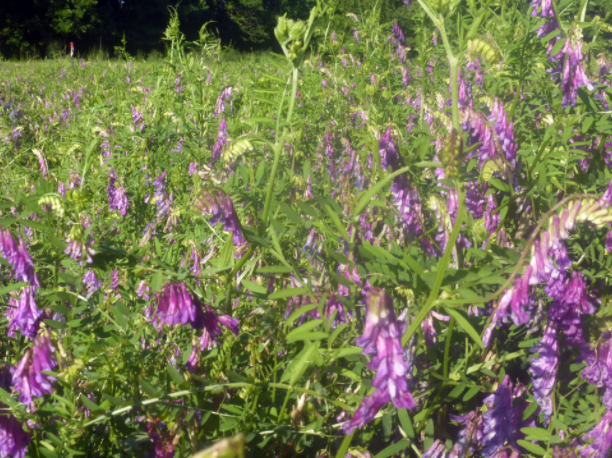
Southern Exposure offers a variety of cover crops suitable for fall planting.
Hairy Vetch
Hairy Vetch is both beautiful and useful. Bees and other pollinators love its purple flowers. It’s also a nitrogen fixing legume. Sow August 1st – November 1st.
Austrian Winter Peas
This awesome crop can be grown through the winter in zones 6 and up. It’s nitrogen fixing and edible! Sow August 15th – November 1st.
Buckwheat
Buckwheat isn’t really a winter cover crop becuase it’s what is called a “winter-kill crop” meaning that it dies back with the fall frosts. However it’s great for planting in the fall with a mix of clover because it provides clover shade and cool soil until it dies allowing th clover to take off. It can be planted in the spring up until 1 month before the last fall frost.
Crimson Clover
This nitrogen fixer does best where winter temperatures don’t dip below 10°F. It has longer blooms than traditional red clover. Sow from mid-July through mid-September.
Red Clover
Red clover has a lot going for it. It’s well loved by pollinators, fixes nitrogen, is great for weed supression and makes a wonderful, medicinal tea. Sow in spring or fall.
White Dutch Clover
Like the other clovers White Dutch is excellent for nitrogen and supressing weeds. Sow in late winter, spring, late summer, or fall.
Hulless Oats
Hulless Oats make an excellent cover crop for adding a lot of organic material. It should be noted that they will winter kill in areas where the temperature drop below 10°F. Oatstraw stems can be harvested for tea. Sow in later summer for a winter cover crop.
Common Winter Rye
While Winter Rye is not nitrogen fixing it’s still an excellent cover crop. It can actually help stabilize excess nitrogen and releases phosphorus and potassium from the soil for plants to use. It’s extensive root system makes it excellent for improving soil structure. It’s also vigorous and great for weed supression, erosion reduction, moisture conservation, and adds tons of organic material to the soil. Sow August 1st – November 15th.
Just because the gardening season is coming to a close doesn’t mean there’s not still planting to be done. If you want a healthy productive garden next year it’s definitely worth the effort to plant a cover crop this fall!


